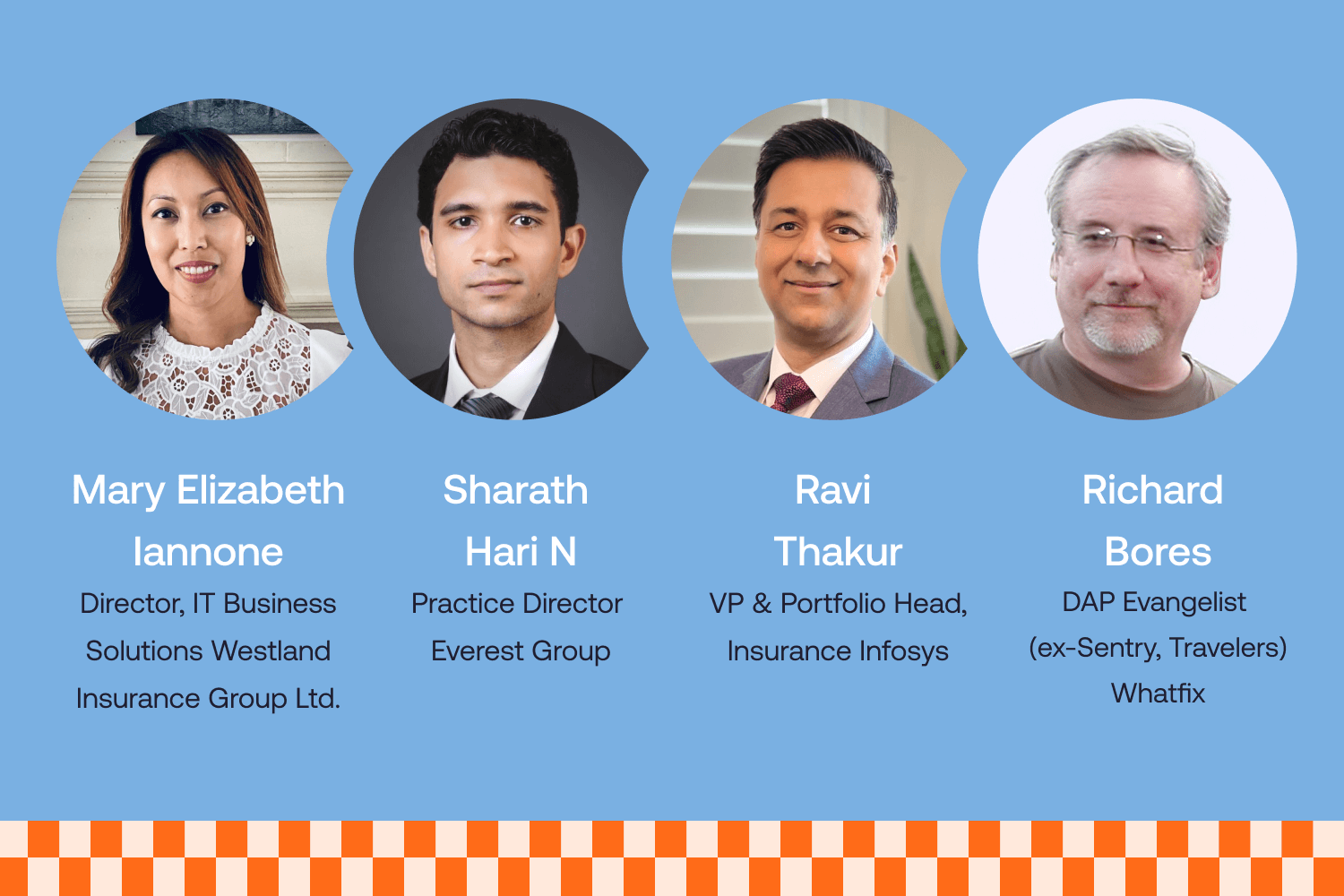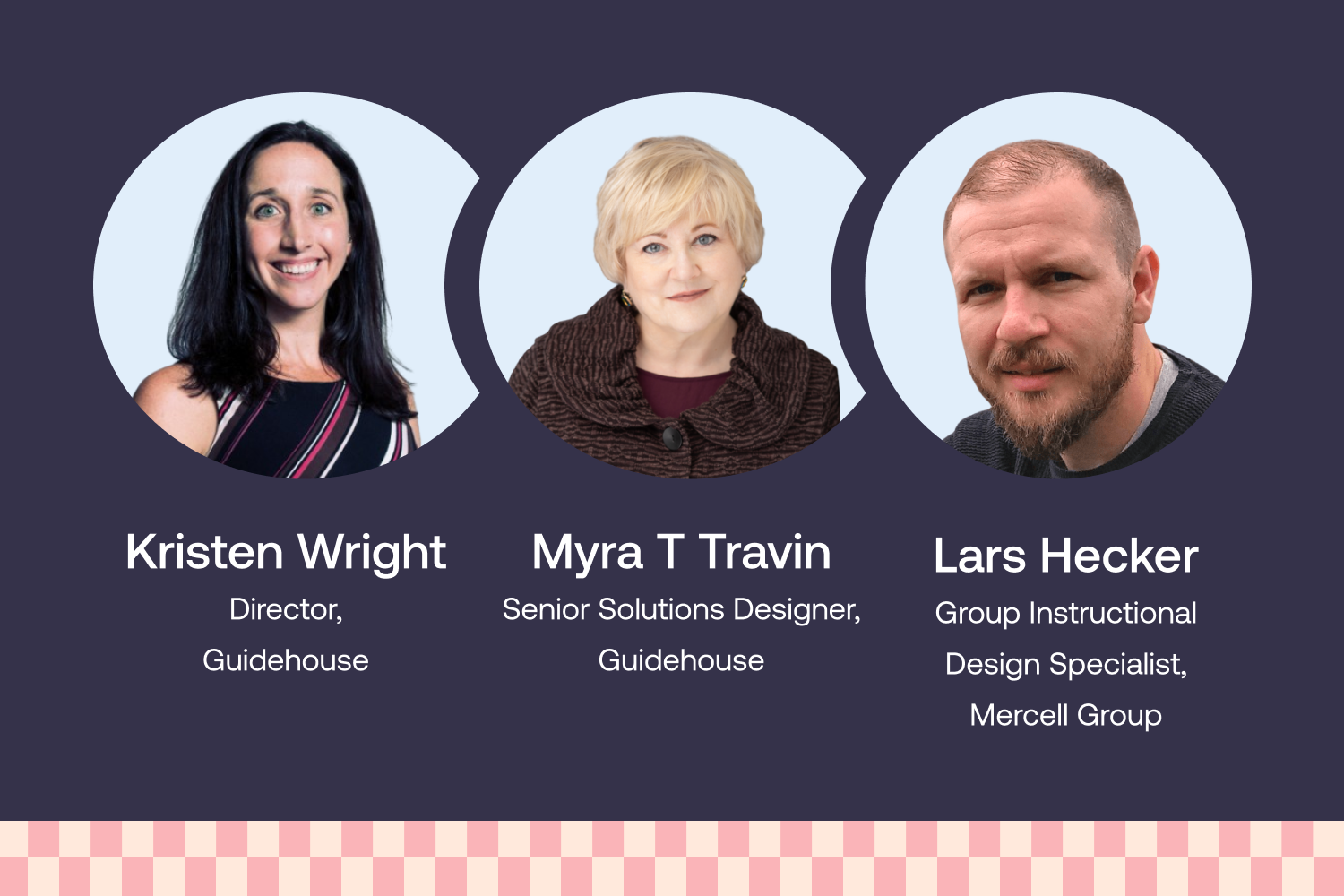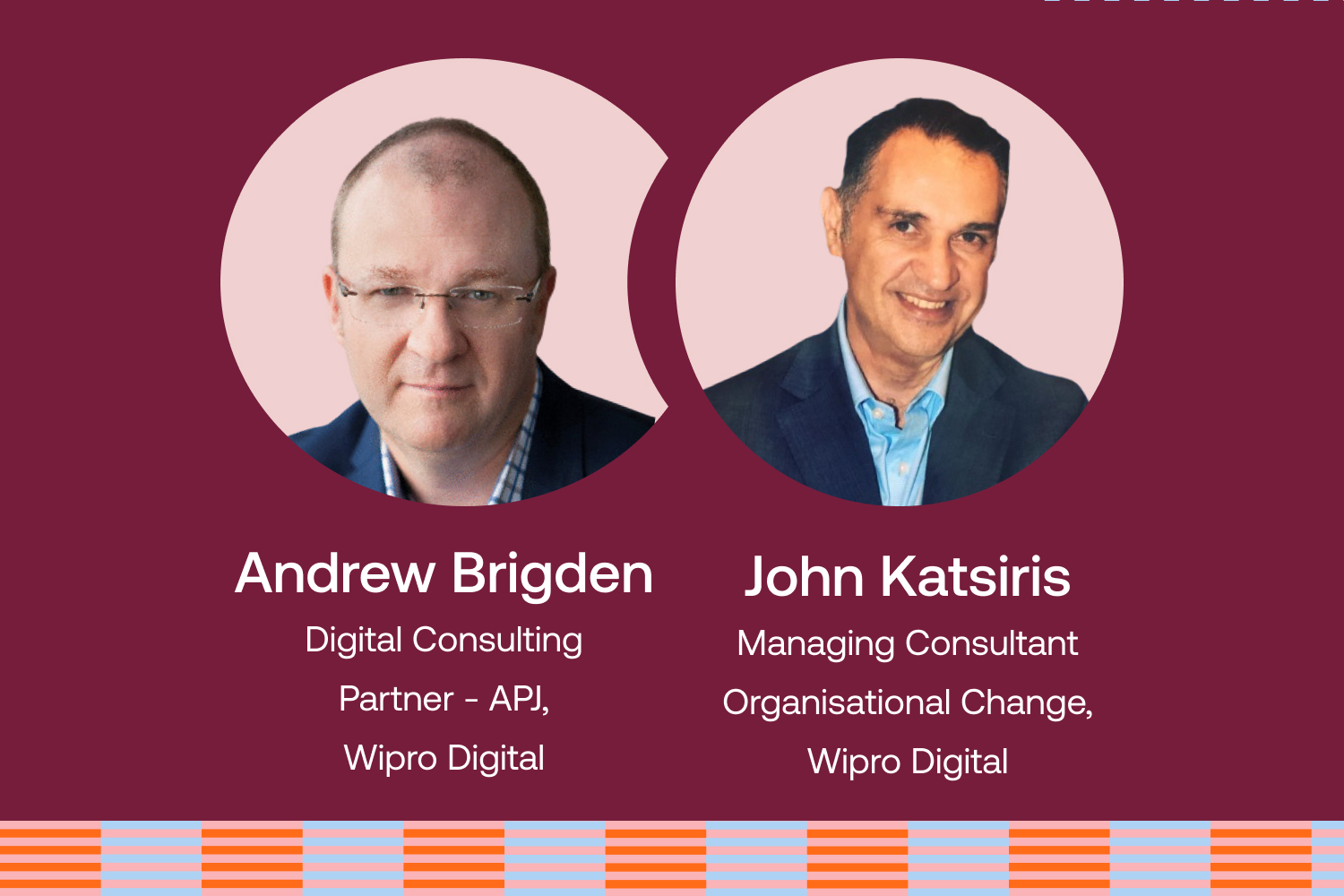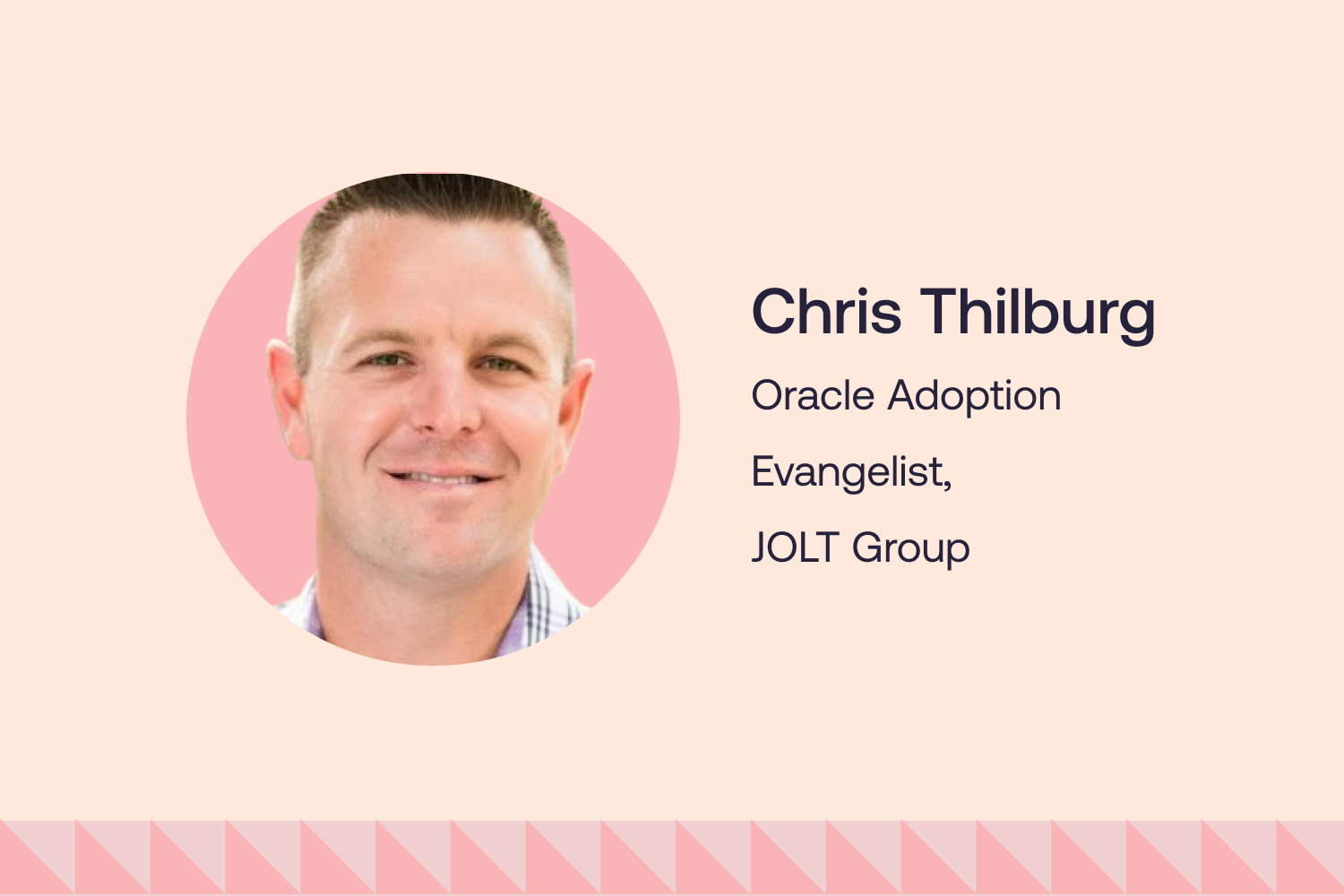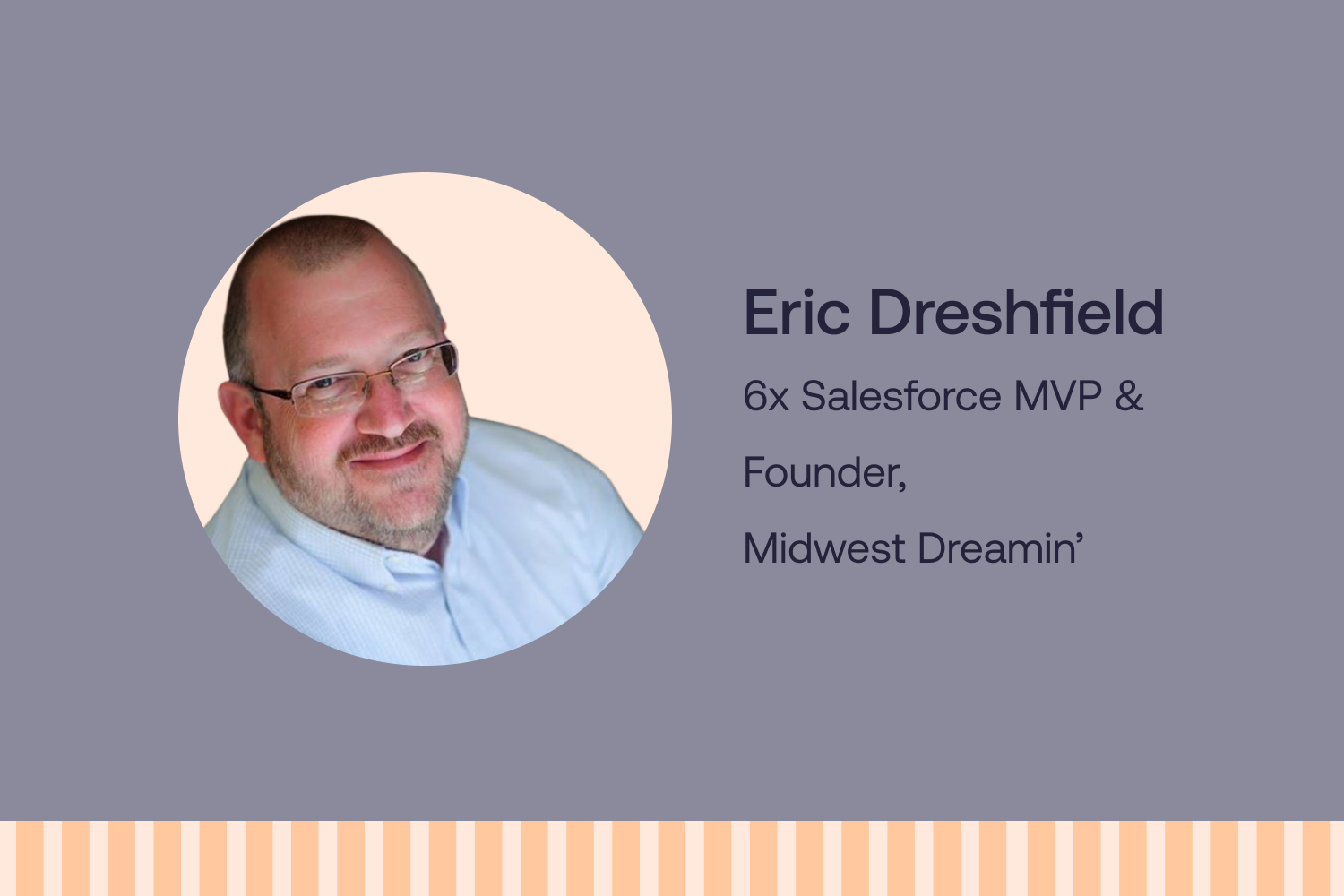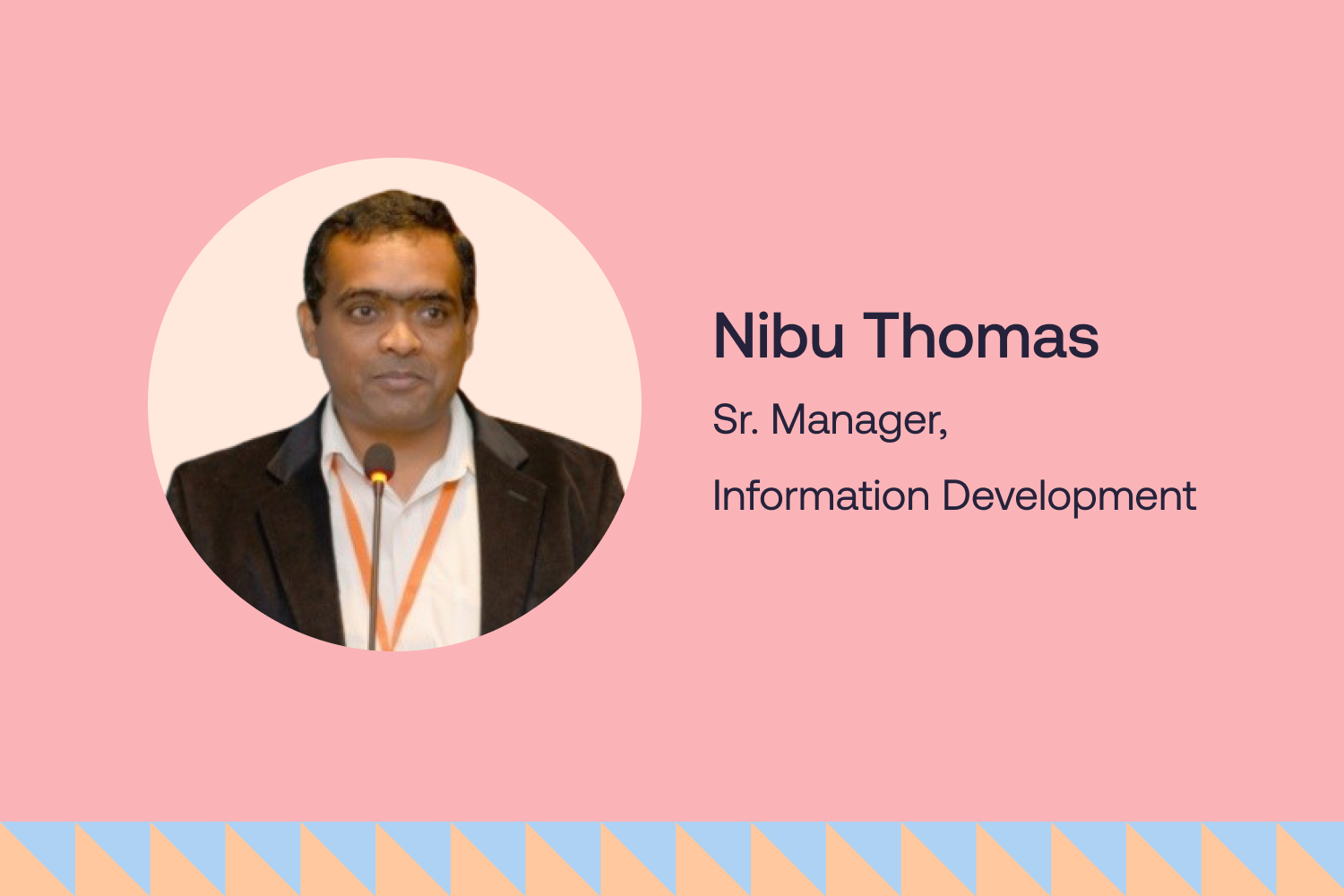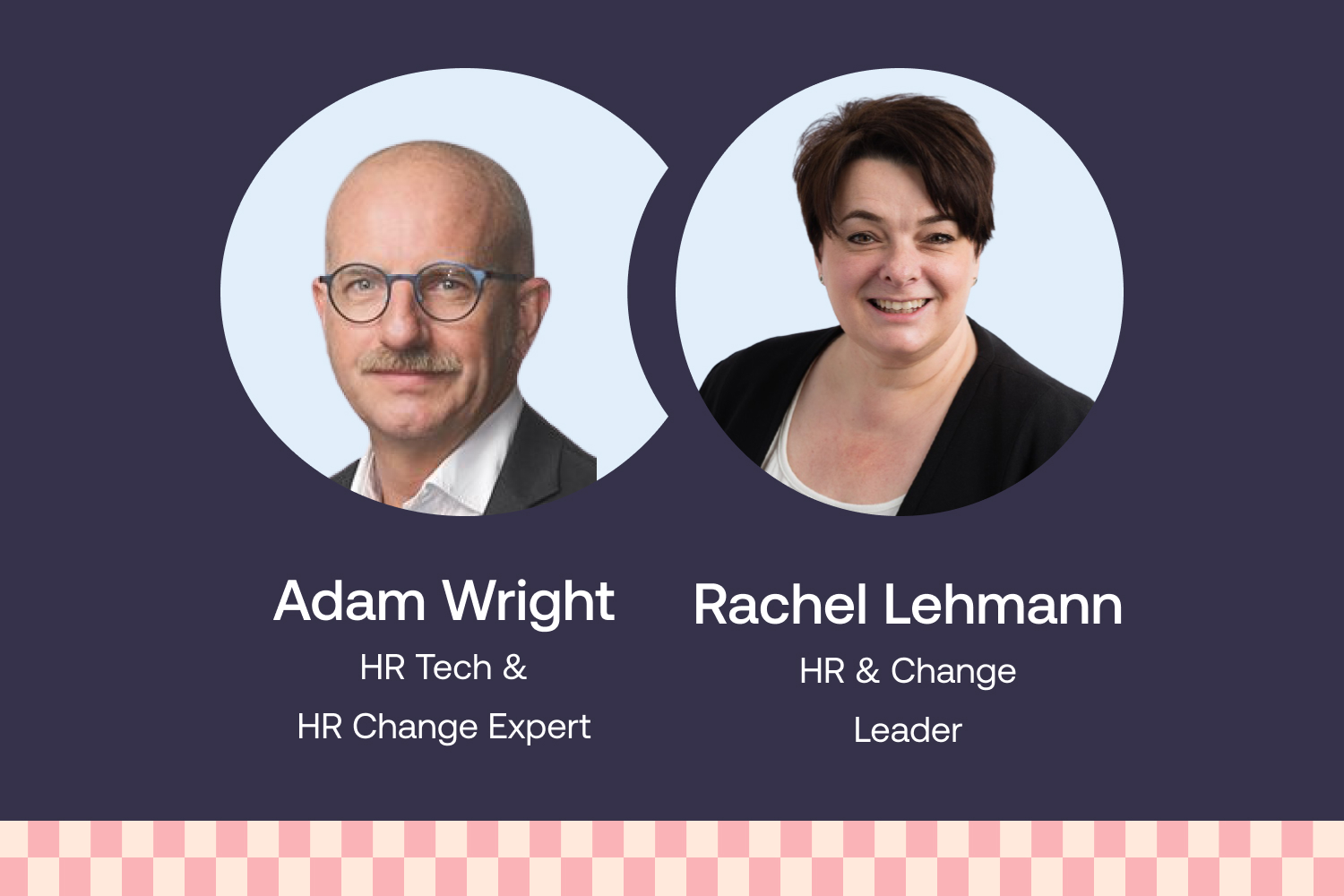It’s no secret that technology is now playing an important role in the way people and organizations communicate and work, especially after the COVID outbreak as many organizations shifted to the work from culture. Since so many changes have been introduced in the way people work, HR needs to adapt to the changing work environment in order to ensure that people continue to deliver at their maximum potential. HR transformation is typically driven by technology which is now a pivotal part of organizations and how people work. Since this has been an abrupt change for people, it is incumbent upon HR primarily to ensure that they adopt these new technologies, processes, systems, etc in the same way that they would in a physical workplace environment.
Common Challenges in HR Transformation
In order to work towards transformation, that is adjusting to new ways of working and utilizing technology solutions to support the productivity of employees, it is mandatory for HR to ensure that people engage with the technology in such a way that they derive the most value from these technologies. The biggest challenge that HR faces while implementing any system is user adoption because of which organizations can come to a standstill.
Looking at the challenge statistically,
82% of HR leaders struggle with employee adoption of their current HR technology.
42% of HR leaders cite employee experience as the key driver of their HR tech decisions.
It is important for HR leaders to really think through and help employees with their journey by making technology easier for them to adopt. Technology needs to work for people rather than people having to work for technology. Maintaining a human element in partnership with technology is key to successful transformation. The user experience needs to be conducive which means considering the people who need to use the system and try to provide the best experience to them. To make the experience “wow” for the users takes quite an effort and the HR leaders need to use as many tools and techniques as they can to make that possible.
General Challenges Faced in HCM Adoption
HCM stands for Human Capital Management which means seeing employees as capital, investing in them, and seeking future benefits out of it. But in the quest towards transformation and investing in technologies, the most important aspect of it all – “the human” is usually sidelined. It is important for HR leaders to understand the importance of people in the transformation journey because if employees do not adopt the technology, it is very difficult for the organizations to get any return on their investments.
The consistent challenges across all software implementations are-
- Too many modules in the HCM systems makes implementing change a challenge
- Diverse user demography
- Complex application workflows
- Continuous feature upgrades
Challenges Ampath Trust Faced In Workday Implementation
The major concern for HR at Ampath was to get everyone on board since adopting Workday was a huge change for them. While planning the implementation phase, they figured out that it could take almost three months to get the users trained and start using Workday if they provide physical classroom training. This was a huge time gap plus they did not have the resources available to conduct these training sessions. Also, they figured that this traditional method of training is not very efficient as people tend to forget the knowledge they gain in these classroom training very easily. This is termed as the “curve of forgetting”. Even if they created the best e-learning classroom sessions, that are creative and innovative, there would still be a gap between the initial part of training and implementing the knowledge on the job. This forgetting curve is particularly exacerbated in processes that are done only once a year, for example, the performance process. Now trolling through the learnings from months back, just to recall how to complete a performance review, can be a very frustrating employee experience that could forbid them from using the system to its full potential. Also, appointing a physical coach to help users at their PCs was a very expensive exercise for the team plus it wasn’t 100% effective since it is not possible for the coach to be available for help at all times.
Hence, the Ampath team started looking for an adoption software to help them get people onboarded to Workday with lesser effort when they came across the Whatfix Digital Adoption Platform (DAP). A DAP is software designed to simplify the adoption of new technologies, especially enterprise application software.
Whatfix DAP layers over on top of the application (in this case Workday) and provides in-app guidance to the user. The user no more has to wait for a coach to come to them or find answers in the learning management system. All they need to do is type in their query in the self-help widget and get answers at any time while working on the application. This is how Whatfix provides a relatively easy way to access key information at the point of need.
A DAP gives users a sense of comfort to know that they don’t need to be fearful of the system by providing,
- help to the user at the time of need
- contextual guidance depending on user role
- step by step guidance to complete a workflow
In a nutshell, here are some major Workday uses cases from Ampath –
- Onboarding via Tasklist
- Anytime support via Self Help
- Proactive help via Smart Tips
Here is the overall business impact of Whatfix on Workday –
- Onboarding: 1500+ hours saved
- Support queries: 600+ hours saved
- Employee engagement: >70%
Lisinda Roundtree from the Rewards and HR Systems at Ampath Trust, says, “If we had not used Whatfix, we could not have been able to adopt the Workday system as well as we did.”
A DAP accelerates user adoption on HCM application by,
- elevating employee experience via Digital Adoption
- providing learning in the flow of work that helps users in real-time
- enhancing employee productivity via interactive walkthroughs
- reducing support overhead by providing contextual and personalized support
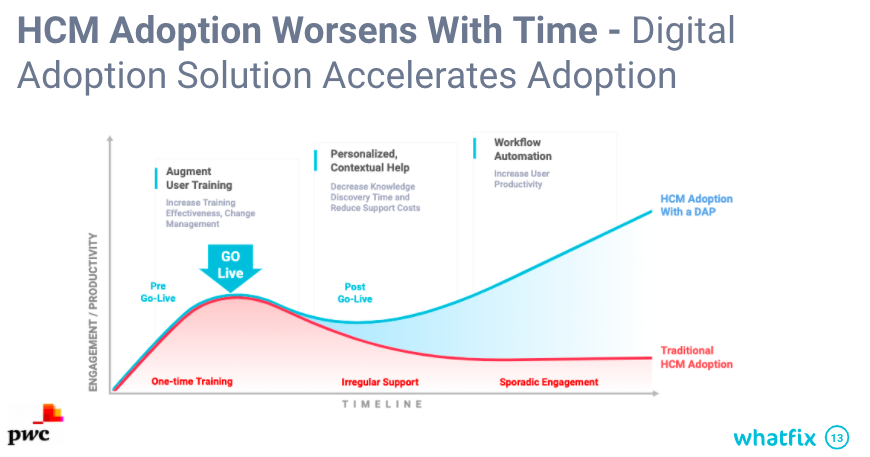
Whatfix Digital Adoption Platform helps organizations adopt different HCM applications, like Workday. Organizations often struggle with user adoption to these new platforms since most of them are complicated and have a lot of features to use. Whatfix helps organizations with in-app task-based training, learning in the flow of work, and contextual support that accelerates user adoption. It can be used to create and deliver contextual and interactive content based on a specific role. All these features provided by Whatfix improves the ongoing learning and training process, reduces the number of support queries, bring down the total cost of an application, and increases user adoption.
So these were some of the key takeaways from the webinar. In case you missed our webinar or want a more extensive understanding of Adaptive Learning Experience is Shaping HR Technology Transformation, you can simply register for our on-demand webinar recording.







